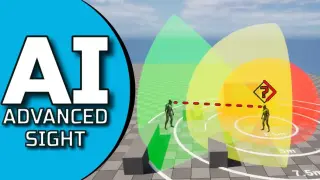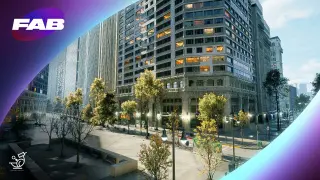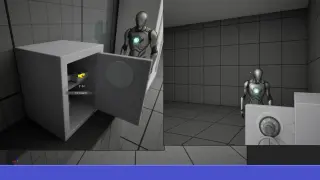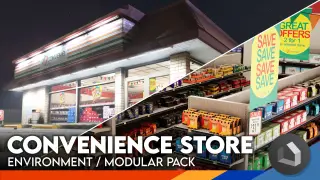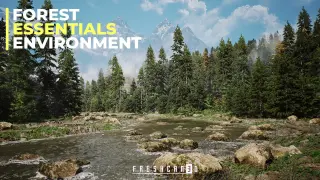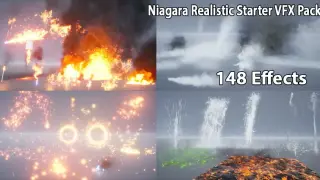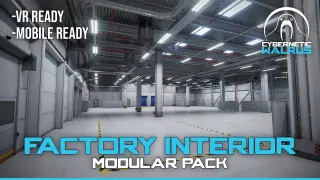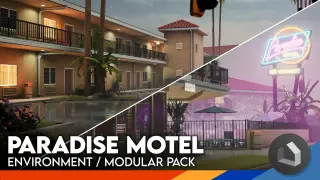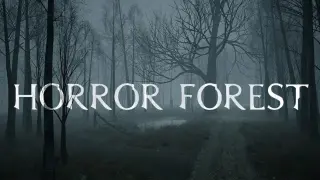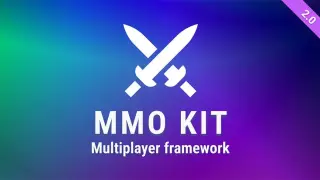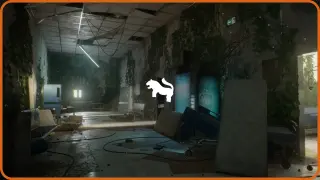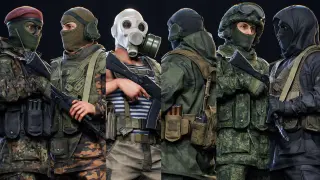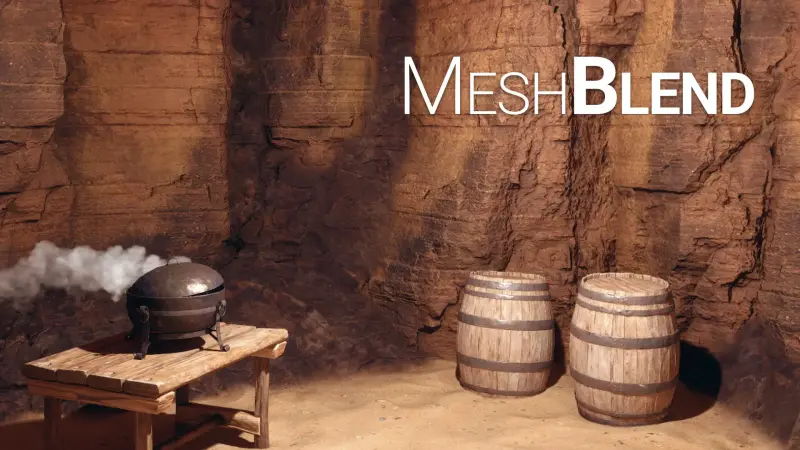
Asset Description
MeshBlend brings next generation blending to Unreal. Blend any mesh with any mesh. Landscape, static meshes or even skeletal meshes can be blended.
General Information
MeshBlend enables controllable blending of meshes without using RVT. It's been battle tested and is used in real projects with different art styles and requirements ranging from Indie to AAA titles. MeshBlend supports a wide range of scenarios and delivers a visually pleasing result at great performance!
Games, offline rendering cinematics and virtual production in Unreal are all supported. At its core MeshBlend balances performance, visual quality and artist workflow.
Works great with blending opaque materials, nanite displacement and even POM. Other methods like Runtime Virtual Texturing (RVT) only allow blending meshes with landscape blending. While mesh blend allows for blending meshes with both meshes and landscape terrain. Even multiple landscapes overlapping. It also requires less setup than RVT blend and has better performance at scale. And unlike Pixel Depth Offset (PDO) it creates a more realistic result when doing terrain blending.
If it's a mesh, we can blend it
Features:
Latest information is available in the documentation
4 preset blend sizes to choose from and use. Each can be adjusted individually
Easy editor workflow for small projects and up to AAA
Blend a few meshes, or every single mesh in the project. You decide
Great performance! Different quality settings for different hardware (Low, Medium & High)
Battle tested in multiple real projects from AAA to indie
Runs as a global Post Process shader just after the scene rendering. Before Upscale, DoF, Translucency and any other PP effects.
Works with:
Opaque materials (Surface, SubSurfaceScattering, Two-Sided, etc)
Nanite & Nanite displacement
Decals & Mesh Decals - Decals blend as if they are part of the mesh
Static Meshes, Landscapes, Skeletal meshes and even particle - As long as they are opaque and write depth
TAA, TSR, DLSS, FSR - Works great with any temporal AA solution, upsampling and frame generation
Sequencer - Use overscan for best results
Other effects that run after translucency (Glass, Post Process effects, Fog, DoF, etc)
Limitations:
Please read the description about limitations before purchasing. It is important!
Updated list with limitations and considerations
Technical details
Code Modules:
MeshBlend
MeshBlendEditor
Number of Blueprints: 6
Number of C++ Classes: 14
Supported Development Platforms: Win64, Mac, Linux
Supported Target Build Platforms: All
Latest documentation available at: https://meshblend.lervik.com
